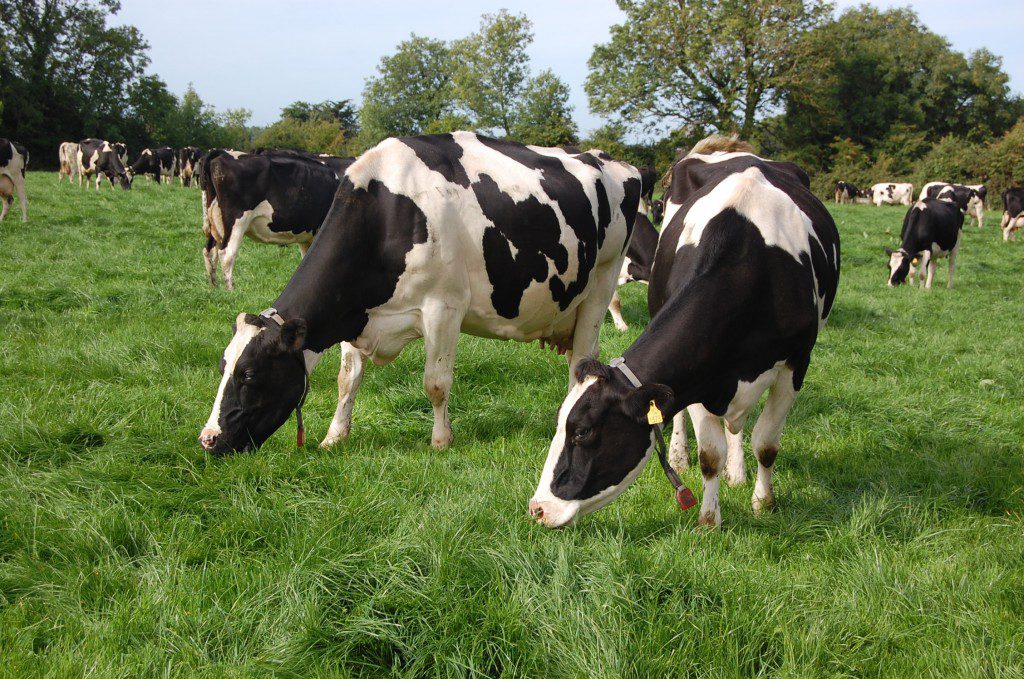Paddocks that are at the end of the current grazing rotation can be kept for dry cows,” according to Teagasc dairy specialist Tom O’Dwyer.
“This is perhaps one of the best uses that grazed grass can be out to at this time of the year,” he said.
“Farmers will be drying off mid to late calving January calving cows over the coming days. The most effective way of doing this is to tube the animals and then put them out into a paddock that is far away from the main yard and milking parlour.
“In this way they will not be encouraged to let down milk.
O’Dwyer said that three main factors influence drying off dates.
“The first of these is the cow’s actual calving date,” he said.
We recommend that cows should have an 8 week dry period.
The other issues coming into paly are cows’ body condition and their daily milk yield.
“Animals that are too thin should be given a slightly longer dry period or, alternatively, offered meals post tubing. It also makes sense to dry off cows that are giving less than 8L of milk on a daily basis.”
O’Dwyer confirmed that most dairy farmers have about 20% of their remaining covers available to them.
“The quality of grass available at the present time is capable of sustaining milk yields in the region of 14L/day.
“Yes, the recent heavy rain has softened ground conditions. But there are techniques which farmers can employ to ensure that cows utilise all the grass that is currently available to them.
“Keeping stock in at night is one of these. Unless conditions deteriorate dramatically over the coming days, I see no reason why farmers cannot include grazed grass as an important part of their cows’ diet until the end of this month.”
